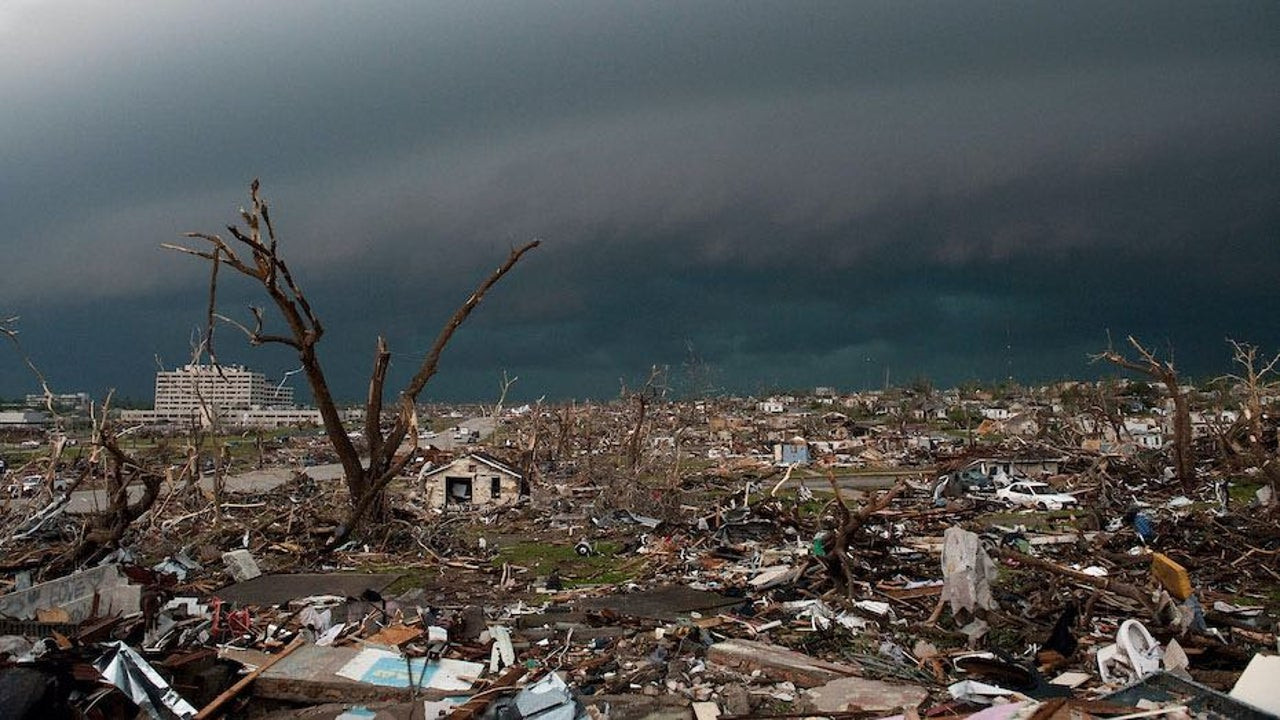2011: an EF5 tornado hit Joplin, MO with a path length of 21 miles. Estimated wind speeds were 250 mph (402 km/h).
There were 1,150 injuries reported, 4,380 houses destroyed, $2.8B in damages. 158 people lost their life in the storm.
Another 5 died from flesh-eating fungus. Let's talk about it.
There were 1,150 injuries reported, 4,380 houses destroyed, $2.8B in damages. 158 people lost their life in the storm.
Another 5 died from flesh-eating fungus. Let's talk about it.

Comments
Normally non-pathogenic, in traumatic wounds, it can opportunistically grow at body temps, necrotizing soft tissues as it spreads over 6-14 days.
Thirteen people would test positive for this condition & five of them died in spite of receiving the standard of care (antifungal drugs & debridement), in line with historical expectation of ~50% CFR.
A. trapeziformis would normally be content to feed on decaying plant matter in damp soils in forests. It prefers acidic, iron-rich soil in contact with decaying leaves.
Many who survived required reconstructive surgeries to repair damage from the necrotic infection as well as weeks of antibiotic therapy to clear all traces of fungus.
Feels like a bad time to intentionally sabotage storm prediction & public health communication.
1. Good general run-down:
"Rare Fungal Illness Follows Tornado"
https://pmc.ncbi.nlm.nih.gov/articles/PMC3620763/
2. Disease cluster analysis in NEJM.
"Necrotizing Cutaneous Mucormycosis
after a Tornado in Joplin, Missouri, in 2011"
https://www.nejm.org/doi/pdf/10.1056/NEJMoa1204781